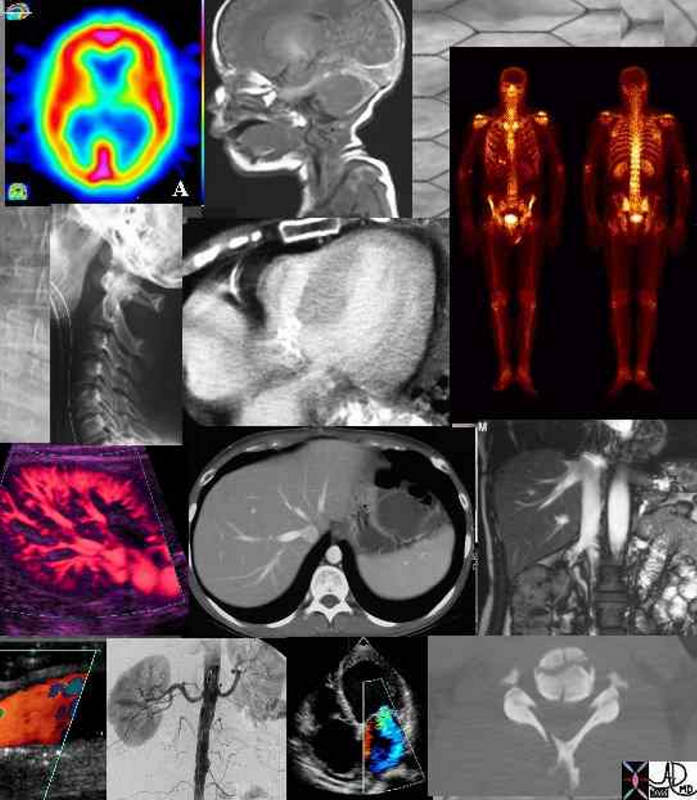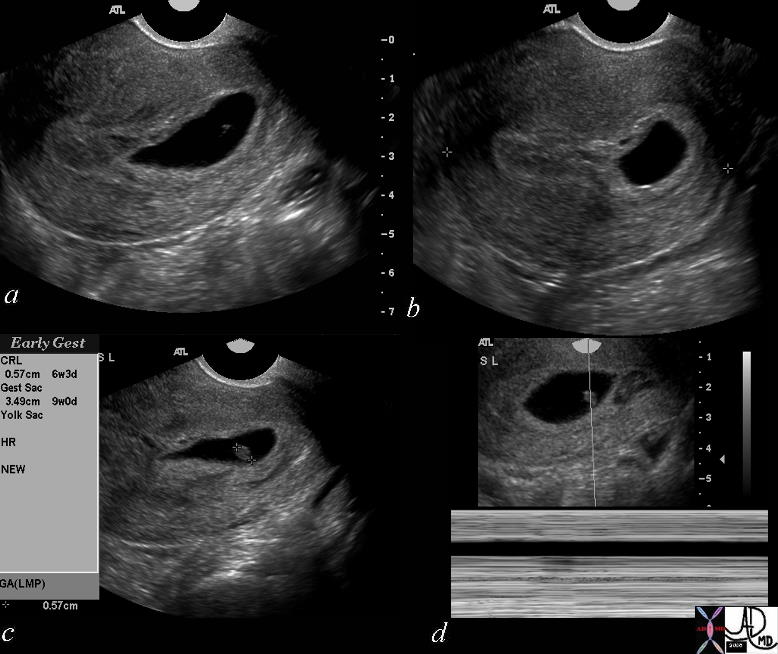
Ashley Davidoff M.D.
45829
If I were to show
…….the non inquisitive person a calves’ heart for example, he or she might ask – “What is that?”
The easiest answer would be – “It is a calves’ heart,” and that might suffice as an answer.
If on the other hand, the same heart was shown to a curious minded, or analytically minded person, they may counter with ” How do you know?” or “Why is it a heart?”
The answer, based on the knowledge of the structure would include describing its unique and characteristic parts, size, shape, position, and character. We may expand on its parts, and its relationships to other structures to further characterize it. If the heart were in vivo we could speak to how the heart connects to other biological structures and also how it changes with time and different cyclical events. The way it functions in vivo would be its physiological characteristics.
Well the descriptors that we used above are universal descriptors that can be used for all biological structures whether it be the calves’ heart, the glial cell of the brain or the pancreas of a mountain rat. We can use these descriptors for cytological specimens, histologic structure, anatomic structure pathological equivalents and for any of the clinical sciences that require analysis of structure. The first descriptors of parts, size shape position character, and relationship to other structures are universal and can be applied to non biological structures, whether they are the atoms of a stone in the Amazon or the marble pillars of the Empire State building in the center of Manhattan.
So in medical imaging we use these principles to analyze structure all the time.
 
3.8mm fetus – 6 weeks |
| 49786b01 fetal pole size dates time 6 weeks USscan obstetrics gestational sac amniotic cavity pregnancy Davidoff MD |
 Death based on Size Shape and Position Death based on Size Shape and Position |
| 46592c01 uterus OB pregnancy fetal demise spontaneous abortion shape size position heart rate USscan Davidoff MD death |
The idea of space is key in this discussion on structural concepts. Each cell, tissue, and organ has to have space to work and to breathe. The position and relations of the units has to be optimal in order for them to be able to work and communicate with each other, and in the end come together as an empowered unit. The spatial organization of the liver described above is a great example. The plates and cords are organized around the linear shape of the sinusoids and spaces of Disse, with the portal triads and central veins having their spatial arrangement to allow for optimal exposure of the liver cell surfaces to the circulation. We see this organizational pattern in our communities. There are industrial sites where the factories are located and centered around access roads, ports or railway stations, and then we have our neighborhoods where we live, centered around schools, playgrounds and grocery stores.
Our property lines are well defined and have to be respected. I had often wondered why cancer killed people and it came to me that cancer was a a disorder where property lines were not respected. Cancer cells are radicals and bullies in the community who have no respect for the community at large. They eat what they want to eat, provide no essential function, take all they can get, give nothing, disregard the rules, but most importantly they move into the space of others and take over, essentially throttling the well being of well meaning citizens of the community at large. The community cannot survive once their space and hence their function is taken over.
Structure changes with time. We go from the sperm and an egg to an elderly frail individual in the time of a lifetime. The changes are progressive and are embedded in a variety of cycles that we live within. Knowledge of the effect of time on structure gives us a tremendous tool that helps evaluate structure and its aberrances.
Uniqueness of structure
No matter how structurally perfectly two side by side cells resemble each other, it is in our ignorance and our expedience that we lump them together as liver cells for example. For one, they will be made unique to us by the different space they occupy, but if we carefully analyze the two cells we would find that they are unique even in their makeup. This uniqueness to each structure gives one pause to remember and to respect the beauty of each structure and – to label it a liver cell but knowing that in fact it is quite unique. For practical purposes we have to group the structural and functional characteristics of the biological units and study and describe them in generalities such as the descriptors above and in their functional commonalities.
A few adjectives can be used to describe any structure whether it is the tiniest of tinies – the atom, or largest of largest – the universe. Size shape position and character are four universal adjectives that can describe any structure, be they of biological origin or non biological origin – all matter – no matter.
For size we have applied units that can measure the linear extents, the volume, the mass, weight or the area for example. Other units of measuring size include angles, vectors, velocity and acceleration. Of all the structural descriptors, size is the easiest to agree upon since we have tools that can measure a structure accurately.
Shape is well understood by us all but more subjective under many circumstances. In the case of a circle or a sphere we can all imagine and appreciate the perfect sphere. In the biological world perfect spheres or cuboids rarely exist . We use the word cuboidal for example to transmit the idea of a cube like structure. Either way we can communicate shape imagine All structures are also made up of parts.
In the biological world a few other concepts of structure have to be considered. No biological structure is an island – it has to coexist and relate to other structures to exist. While size, shape, and position, are easily understood, character (or nature) requires some explanation.
In summary – biological structures have the following defining principles;
(1) All structures have component parts.
(2) All structures have a size or a dimension.
(3) All structures have shape.
4) All structures have a position in space.
(5) All structures have character, i.e. when a structure interacts with its environment there are characteristic ways in which it will behave. For example, elastic behavior, liquid behavior, hard soft, green blue.
(6) Structures have relationships with other structures, and are connected to an environment. The connections take the form of conduits that bring products in to the structure, conduits that take products out of the structure (arteries, veins, capillaries and lymphatics), or connect to the environment directly in intimate contact.
(7) All structures change with time
